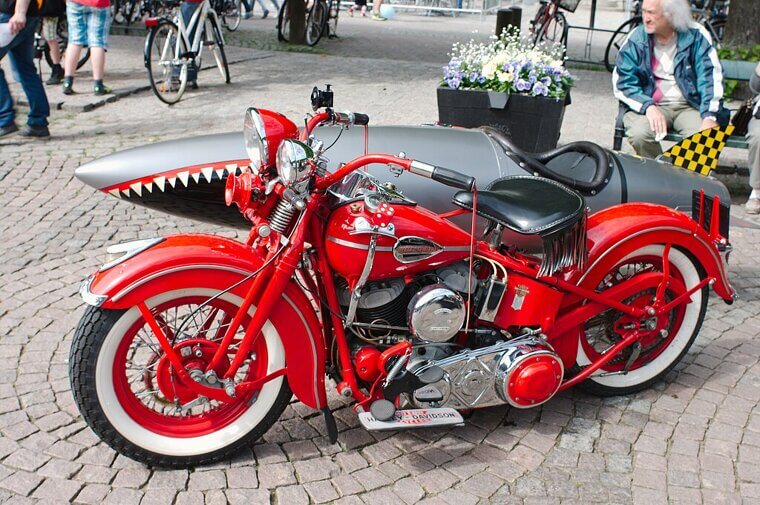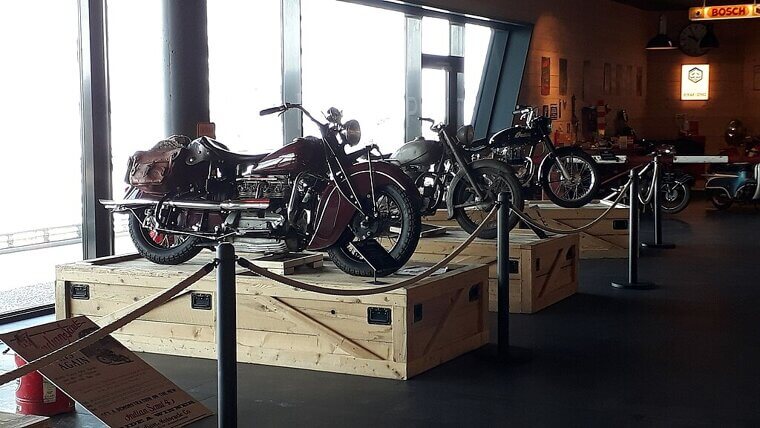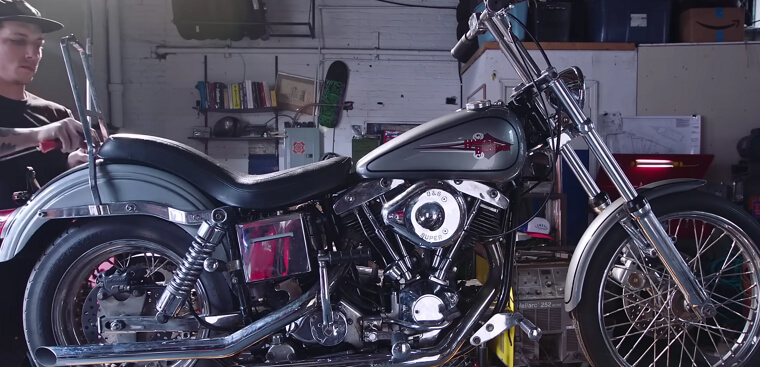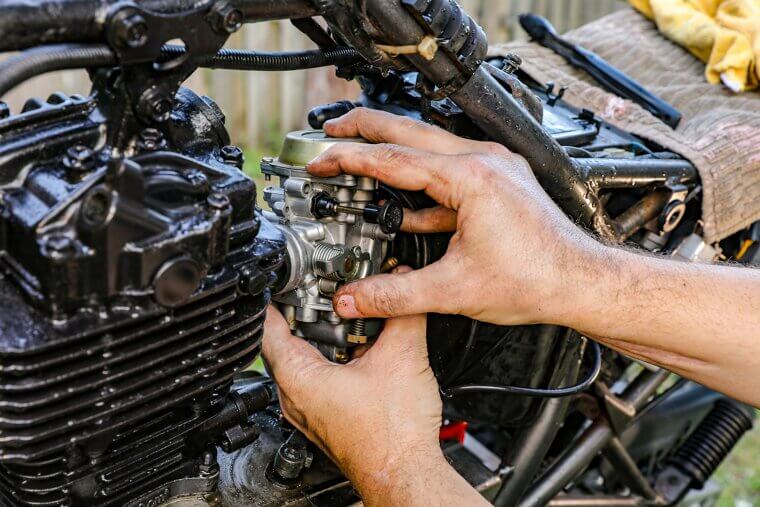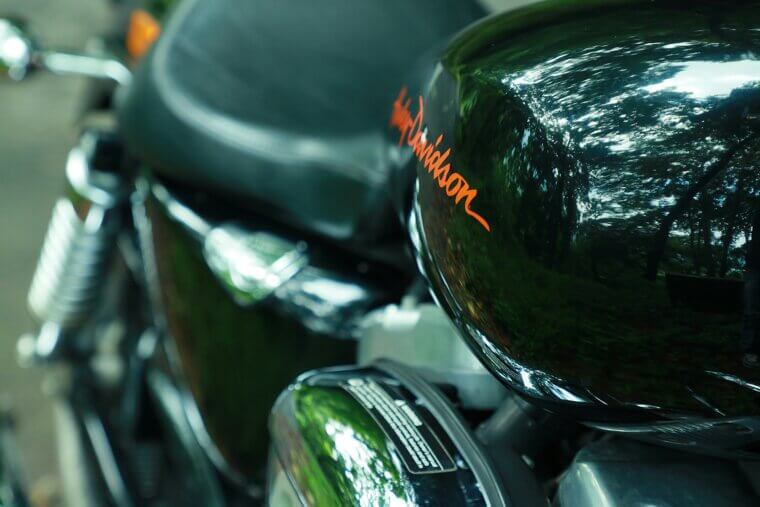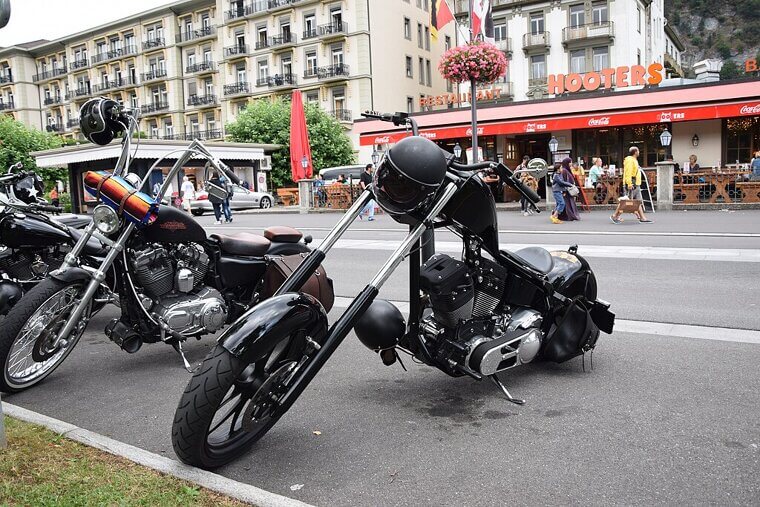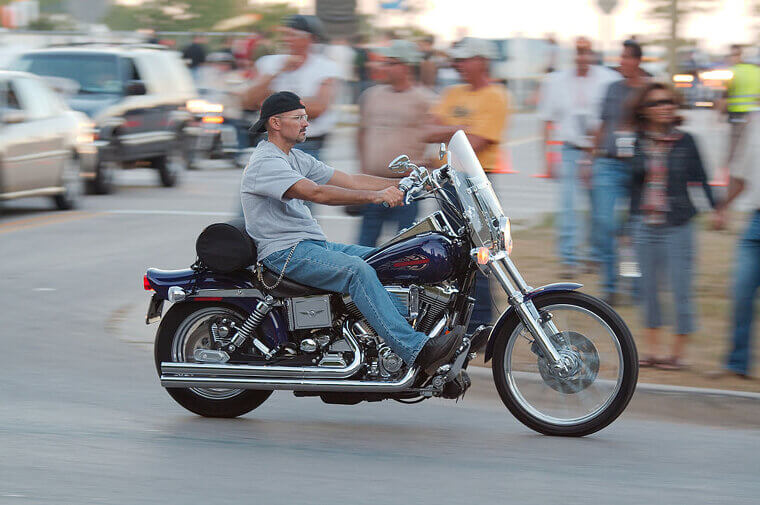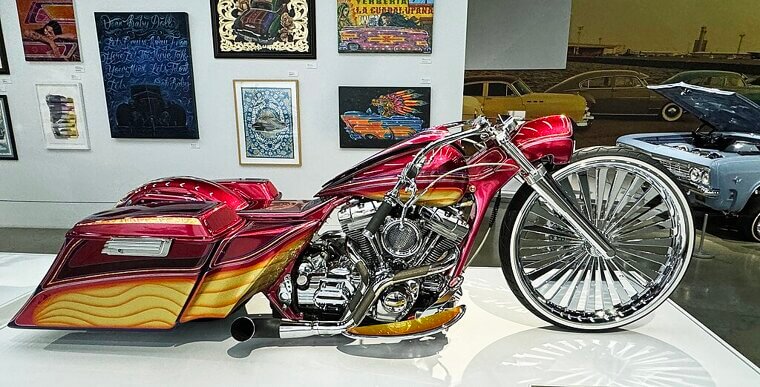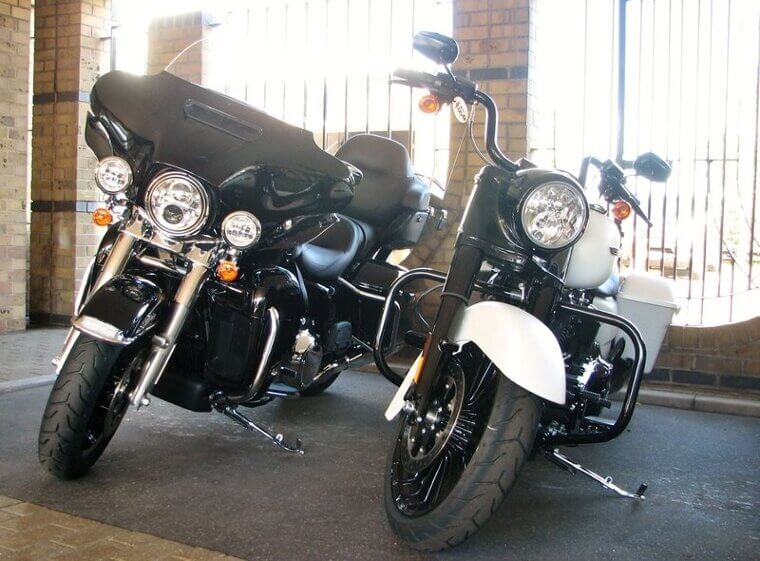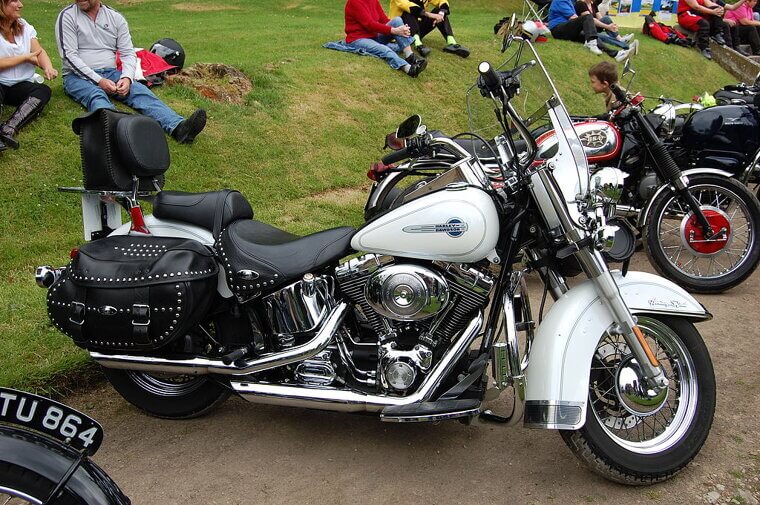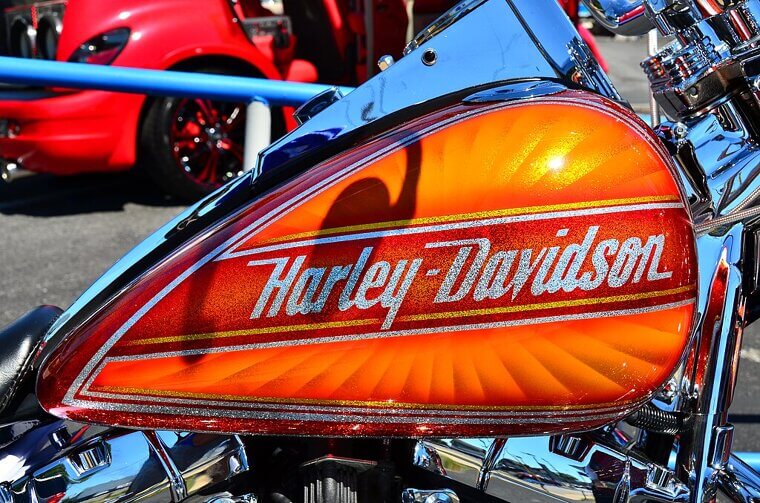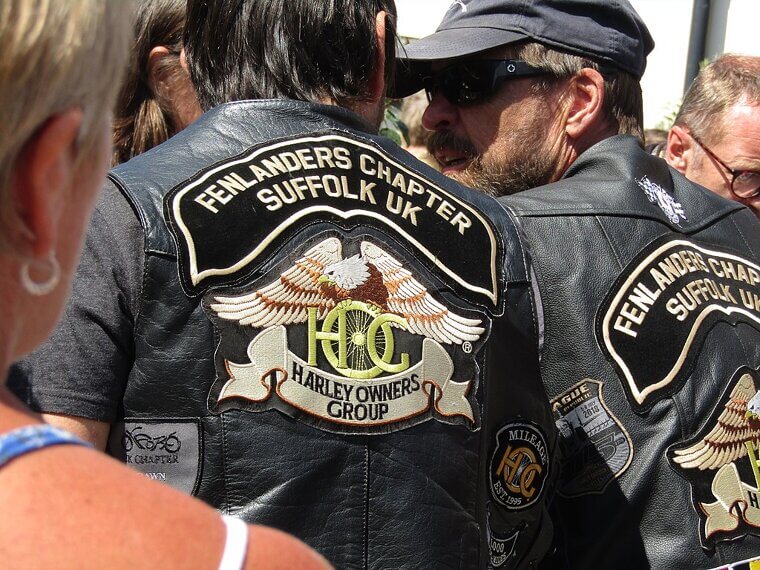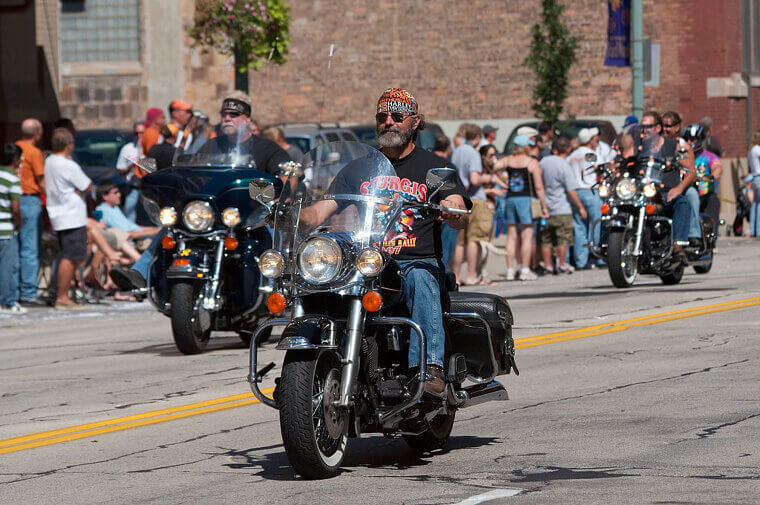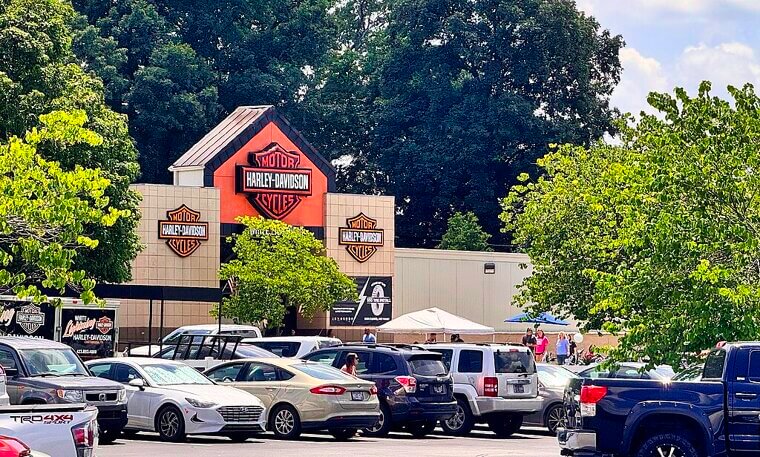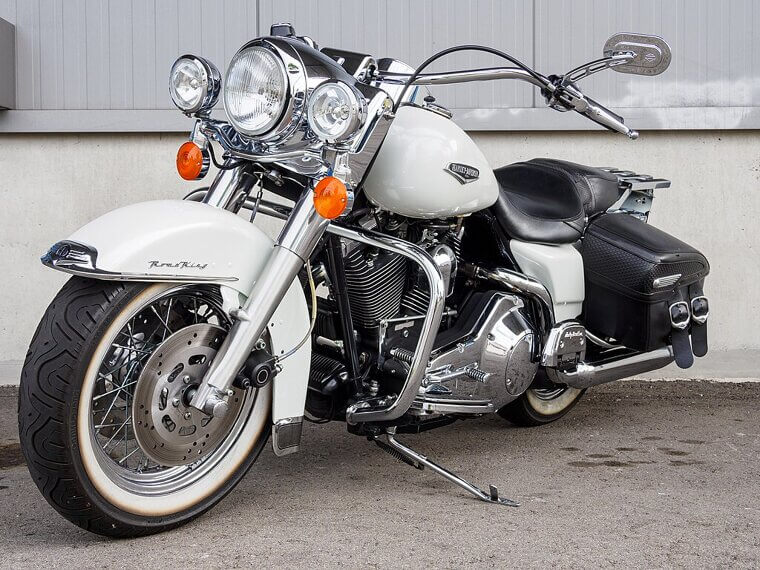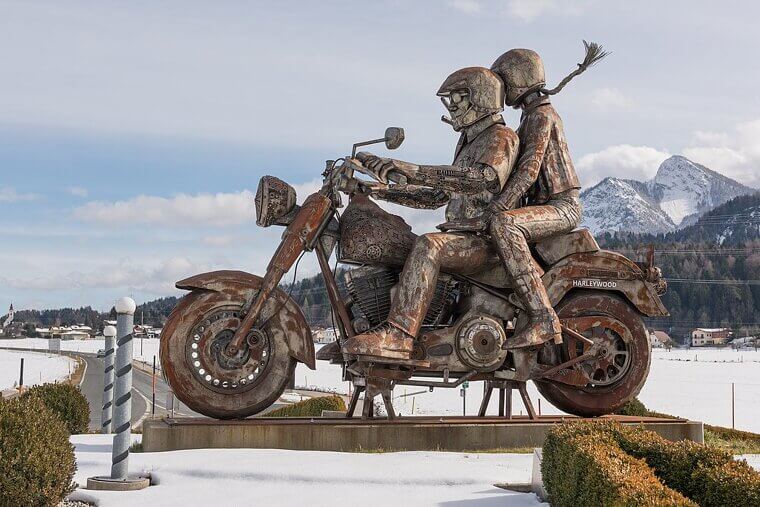Long Rides Require Upgrades
Comfort isn’t automatic on a Harley; stock seats, suspension, and handlebars can turn long trips into a test of endurance. Riders who imagined effortless touring often find themselves shifting, adjusting, and fidgeting mile after mile. Upgrading to better seats, backrests, or suspension isn’t just an option - it becomes almost mandatory. Many buyers regret not factoring in the extra costs and effort required to make the bike truly comfortable for extended journeys.
Loud Pipes Come With a Price
A Harley’s roar is part of the charm… until it isn’t. Loud exhausts can lead to noise complaints, headaches, and even long-term hearing issues. What starts as a thrilling growl on open roads can become exhausting on daily commutes or in residential areas. Riders often underestimate the constant sonic impact of their bike. Many regret choosing pipes that scream “look at me” at the cost of peace, quiet, and ear health.
Comparatively High Purchase Price
Harleys have a legendary name, but that comes with a legendary price tag! That dream bike in the showroom will leave a dent in your wallet; between base models and optional add-ons, you can easily double what you planned to spend. Suddenly, that “affordable classic” feels like a small mortgage. Many buyers realize too late that passion alone doesn’t cover the price, and their bank account is the one that’s truly screaming.
Expensive Maintenance and Service Costs
Owning a Harley is often like being in a long-term relationship with your mechanic. Routine maintenance isn’t just a pit stop, it’s a full-blown event. Oil changes, belt adjustments, valve checks… everything comes with a line at the dealership and a bill that climbs faster than your bike on the highway. If you thought maintenance was minimal, the reality hits hard: Harleys love attention, and she’ll make you regret skipping it.
Frequent Trips to the Dealership for Repairs
Harleys look like they could conquer any stretch of road, but their fuel economy rarely matches their swagger. The big V-twin engines are thirsty, guzzling gas faster than most commuters expect. Long trips mean frequent pit stops and higher fuel costs. Riders who imagined carefree cruises often end up calculating every mile. It’s a bike built for the open road, yes, but don’t forget - you’ll be counting dollars at every exit.
Poor Fuel Efficiency
A Harley’s weighty frame and touring-focused design makes sharp turns feel like negotiating a cruise ship through a canal. Acceleration is more “gradual parade” than “rocket launch,” and that can frustrate riders used to nimble sport bikes. It’s a machine built for presence and sound, not lap times. For many, the realization that “freedom” doesn’t always equal “fast” comes with a few bruised knees and a bruised ego.
Comparatively Limited Performance
That iconic Harley stance comes at a cost: the bike is built like a tank! Maneuvering in traffic, parking lots, or even simply lifting it off a kickstand can test your patience (and your back). For newcomers, that heft transforms routine stops into mini-ordeals. Experienced riders adjust, but many admit they underestimated just how much mass they’d be wrestling with daily. Elegance on the highway hides a hidden truth: this bike demands the occasional grunt work.
Heavy and Hard to Maneuver
Harleys are famously solid, but that weight can be a real headache in traffic. Stop-and-go streets, tight corners, or crowded parking lots turn into mini workouts. For new riders, it’s easy to underestimate just how much mass they’re dealing with. Even experienced bikers admit that what feels like confidence on the open road can become clumsiness when you’re inching along city streets. The iconic heft makes everyday handling a challenge many riders didn’t expect.
Costly Aftermarket Parts and Customizations
Making a Harley “yours” sounds fun - until the bills start piling up. Every aftermarket part, chrome accent, or upgraded component adds up faster than expected. Riders quickly learn that turning a stock bike into a showpiece can be more expensive than the bike itself. Enthusiasm often blinds people to the reality of ongoing customization costs. Many owners admit they underestimated just how quickly upgrades could drain both cash and patience!
Depreciation Hits Hard
Harleys may carry a legendary reputation, but they don’t automatically hold value. New bikes lose significant worth the moment you ride off the lot. Even with brand prestige, resale can leave owners disappointed. Limited editions fare better, but most standard models depreciate faster than expected. For some, that realization turns the dream of a lifelong investment into a harsh financial reality, reminding buyers that iconic status doesn’t equal guaranteed value.
Insurance Burns a Hole
Riding a Harley isn’t just an adventure - it’s a financial workout. Insurance premiums can feel like a stealth tax on your freedom. Big engine? Big payments. Expensive parts? Big payments. A history of “oh no” moments? Even bigger payments. Riders who expected casual coverage are often blindsided by the monthly hit. Many find themselves muttering at their agent, wondering if they accidentally signed up for a luxury car instead of a bike.
Storage Struggles
Harleys are awesome, but they’re not exactly Tetris-friendly. Forget groceries, gym bags, or weekend luggage - there’s barely room for your ego under the seat! Touring models help, but then you’re adding weight and bulk that makes city streets a juggling act. Commuters quickly realize a backpack becomes your best co-pilot. Many buyers regret underestimating the tiny, cramped reality of hauling anything; looking cool often means carrying less… or becoming a camping gear contortionist.
Older Models Can Be Unpredictable
Vintage charm comes with quirks - sometimes the kind that leave you stranded. Older Harleys often demand constant attention, stubborn starts, and the occasional “mystery rattle.” It’s part of the appeal for enthusiasts, but for casual riders reliability can feel like a cruel joke. You may spend more time with a wrench than on the road. Many regret not weighing the allure of classic styling against the reality of a bike that occasionally stages a protest.
Vibration Issues
Harleys are built to roar, and that comes with a side effect: your whole body joins the symphony. Long rides can leave hands numb, lower backs aching, and teeth rattling in their sockets. Some riders try to power through, convincing themselves it’s “part of the experience,” but eventually, the discomfort overshadows the thrill. Many owners admit they underestimated the vibrational reality, discovering that owning a Harley sometimes feels like riding a jackhammer with style.
Image Vs. Reality
At first, Harley ownership feels like stepping into a rebel fantasy: leather, chrome, and an attitude that says “untouchable.” But over time, riders may notice a disconnect. That outlaw image might not match your morning commute, PTA meeting, or the fact that you’ve sworn off road rage. The bike can become less about freedom and more about trying to fit into a persona you never signed up for.
Peer Pressure Isn’t Free
The Harley aura is persuasive, and friends, social media, or biker culture can nudge even skeptical riders into a purchase. It’s easy to fall for the allure of instant cred or group identity, but those perks don’t pay the bills or cushion the bruised knees from learning the bike’s quirks. Some riders admit they bought a Harley because “everyone else had one,” only to realize that individuality (and a more practical ride) might have been the smarter choice.
Dealers Are Few and Far Between
Finding a Harley dealer isn’t always as easy as spotting a neon sign on the highway. In some regions, you might be driving hours just for basic service or a new part. That means delayed repairs, long trips for routine maintenance, and a lot of time wishing your bike came with a local pit stop. Riders might regret not checking dealership coverage beforehand; the dream of quick fixes can quickly turn into a scenic (and expensive) road trip.
Tires and Brakes Bite Your Wallet
Harleys are heavy, and that weight isn’t kind to tires or brakes. Replacement parts are more expensive than many other motorcycles, and wear can happen faster than expected. Riders quickly learn that stopping safely isn’t just a skill - it’s a recurring expense. Many admit they didn’t anticipate the cost of keeping their bike road-ready, realizing that every thrilling ride comes with the subtle sting of aftermarket maintenance bills.
Tech Is Optional
Modern conveniences - ride modes, traction control, GPS - are luxuries on many Harley models, or completely absent. Riders expecting a gadget-laden experience may be disappointed when their bike offers raw mechanics instead of digital aids. Some enjoy the old-school thrill; others regret not considering how much they rely on modern tech. That mix of nostalgia and minimalism can turn long trips into exercises in patience.
Winter Isn’t Your Friend
Harleys shine on open roads, but winter riding can quickly turn into a frozen misadventure. Cold starts, slick streets, and minimal weather protection make commuting or casual rides a test of endurance. Riders often underestimate just how much seasonal weather affects handling, comfort, and maintenance. Many regret thinking the bike would serve year-round, learning the hard way that Harleys are best enjoyed in fair-weather glory, leaving winter rides to the brave (or the masochistic).

